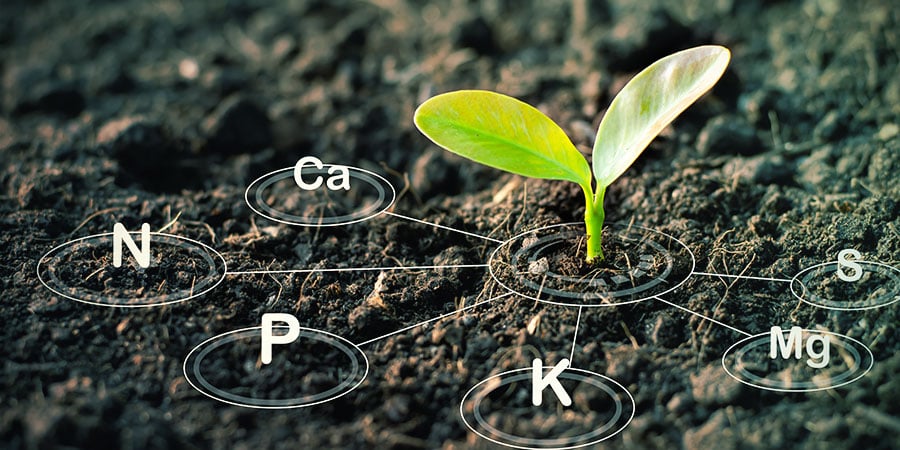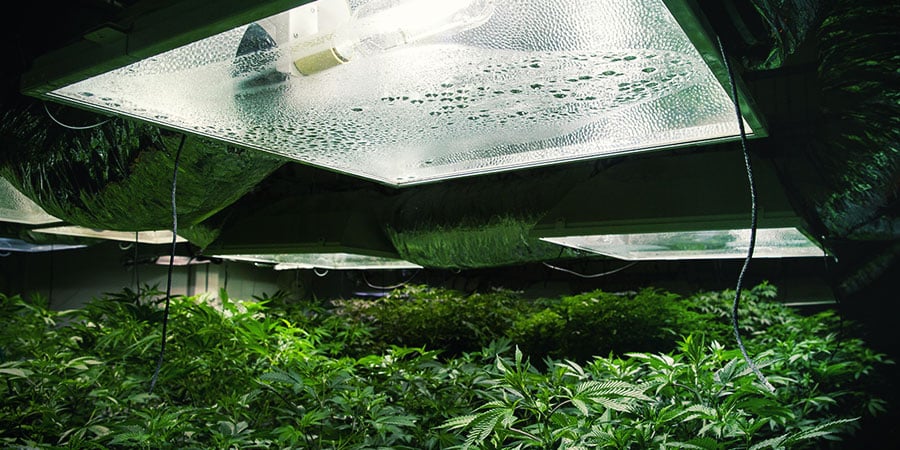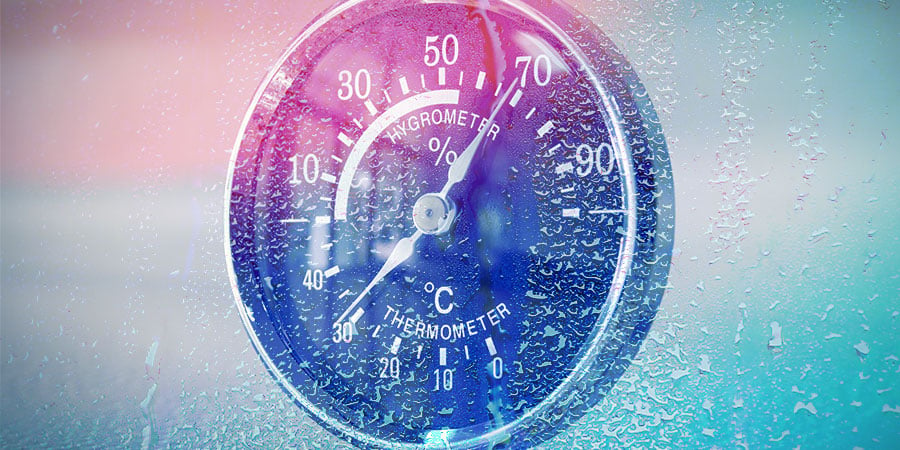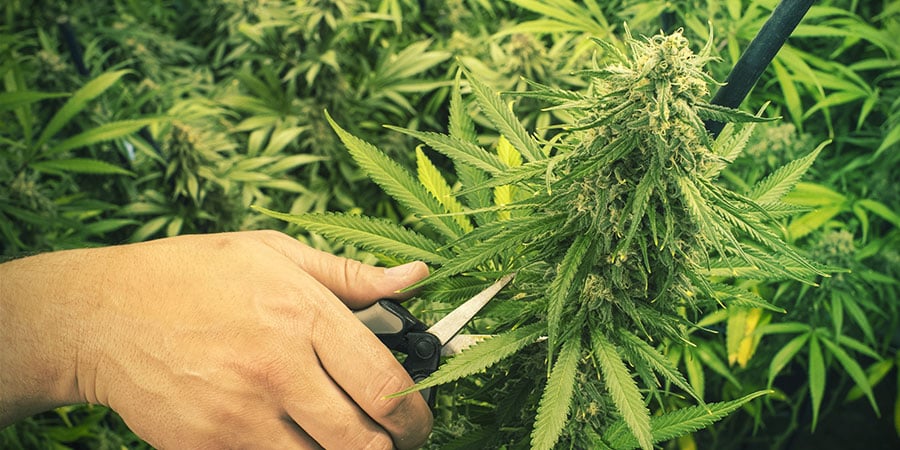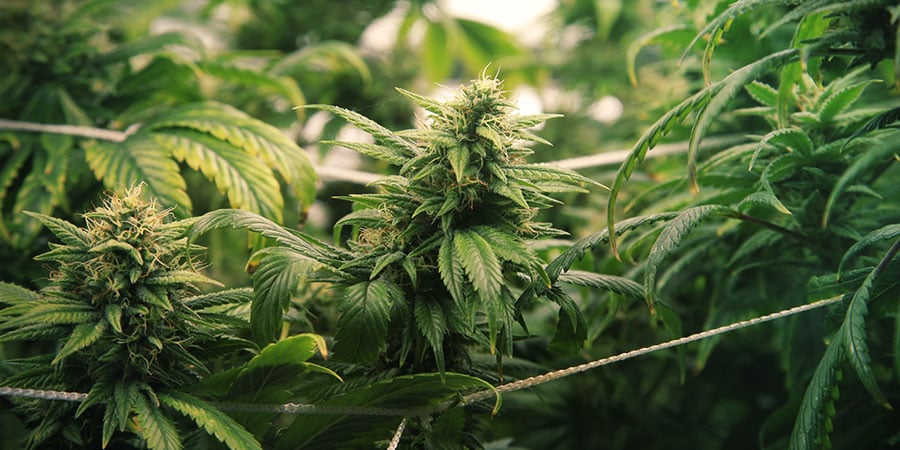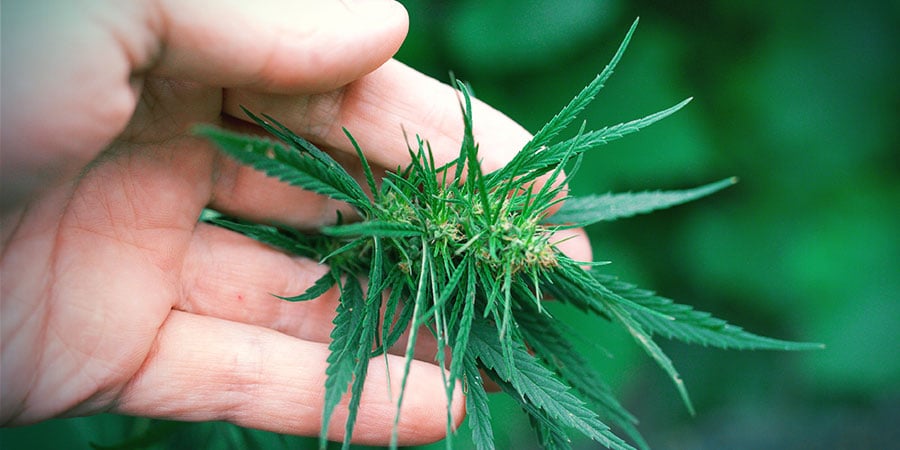
How To Grow Huge Ass Buds: 10 Steps To Success
Cannabis cultivators of all levels have one thing in common. We are all looking for a fat stash of our favourite marijuana. If you want to grow enormous cannabis colas, you need to take 5 minutes to read this blog!
1) GET THE BEST CANNABIS SEEDS
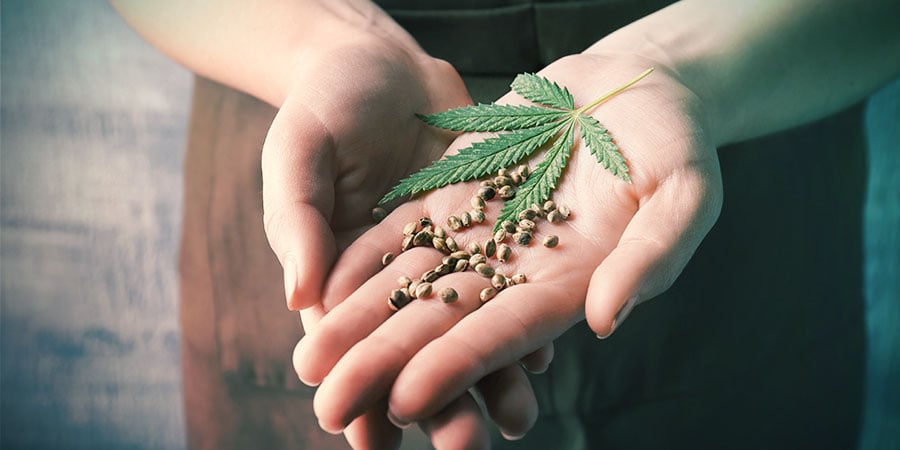
Choosing the most suitable cannabis seeds to cultivate in your grow-op is probably the most important decision a grower can make. The whole harvest is riding on it, literally. Of course, you already know how important it is to purchase high-quality feminized seeds from reputable seedbanks. But you must be more precise. Not every top-shelf strain will be a winner in your particular cannabis garden.
Stretchy, late blooming sativas are a poor choice for micro-growers. Indica and autoflowering varieties are a much better fit for a cabinet grow. Moreover, landrace strains are more suited to outdoor cropping than others less hardy. Successful home growing is all about synergy. The strain that is best suited to the grow environment will always produce the most marijuana.
2) CANNABIS NUTRIENTS
Cannabis-specific nutrients are always a good place to start. Regardless of the substrate or system you use, it’s essential to feed cannabis plants correctly. The big three to pay attention to on the label of any name-brand fertiliser are the N-P-K values. For newbies, this simply refers to the ratio of Nitrogen, Phosphorous and Potassium in the product.
During vegetative growth, cannabis is hungry for nitrogen and most growers will fertilise with a feed that contains two to three times the amount of N to P and K, i.e. 2-1-1 or 3-1-1 or somewhere thereabouts. In contrast, as plants transition to the bloom phase, the ratio swings in the opposite direction. N is gradually reduced during flowering, while P and K are increased to pump up buds. Too much N during flowering can slow down the ripening of your marijuana.
If you're looking to give your plants a much-needed boost, try our Monster Bud Mix and Bud Boost Pack. These finely tuned nutrients work in unison and allow your plants to flourish like never before, providing the finest looking and tasting buds. Use this harmonious blend during all stages of the plant's life cycle and you'll notice the difference in no time.
3) pH & CANNABIS

In order for the root system of female cannabis plants to effectively absorb the nutes you’re feeding her, the pH must be dialled in. You simply cannot achieve juicy, big fat colas if pH is incorrect. Hydro and Coco growers shoot for 5.5-6.0; soil is a little more forgiving and up to 6.5pH can be tolerated. Invest in pH-perfect nutrients or a pH pen. Don’t guess. Dial it in every time.
4) LIGHTS
Most home growers use 400W and/or 600W HID lamps. A typical 1.2mx1.2mx2m grow tent is often set up with a 400W MH on an 18/6 cycle for vegetative growth. This is followed by a switch to 12/12 with a 600w HPS for flowering. With the exception of autoflowering strains that prefer a continuous 18/6 schedule throughout the complete lifecycle. This is the benchmark for home growing.
Upgrading to more powerful 1000W bulbs rarely translates into a heavier harvest. Often, the opposite is true. 1000W HPS lamps run hot as hell. Without cool tubes and extra fans, they will most likely burn the canopy, rather than increase yields.
A more efficient and modern solution is to invest in cooler running LED systems. These lights also draw far less power than HID lamps. They don’t come cheap, but the best systems can run for 10 years. This is a rare case where less really is more.
5) TEMPERATURE AND HUMIDITY
Maintaining optimal environmental conditions and avoiding major fluctuations in temperature is essential if you want to maximise yield. Cannabis thrives in daytime temps between 20-28°C. Temperature should not drop below 15°C at night. This holds true for the entire cannabis lifecycle, with some exceptions for cold weather adapted varieties.
Cannabis also thrives during the seedling and vegetative growth phases in a high humidity climate. Ideally 50-70% RH. However, as soon as flowering commences, humidity must be incrementally decreased. Getting down to the 40-60% RH range helps to avoid mould and fungus. High humidity during the dark cycle and poor airflow is a recipe for bud rot. Deploy fans strategically. Above all, monitor temperature and humidity daily.
6) PRUNING AND TRAINING
Pruning and training plants are mandatory if you want to crop the biggest, fattest buds. Snipping off leaves that are shading colas is fine in moderation. Lollipopping or removing lower growth, including fluffy bud sites, is the best way to avoid popcorn buds. This technique drives all the plant’s energy into producing huge ass buds.
Dial it up to 11 and train plants to grow through a ScrOG. This is a simple net mesh screen that the grower installs approx. 60cm above the base of plants during vegetative growth. Bend, tuck and weave shoots to fill out the grow space with colas. Keep on folding branches into the next square to fill out the ScrOG until mid-bloom when shoots become too thick to manipulate.
7) LST
LST stands for Low Stress Training. This is an essential precursor to Scrogging. The LST method is all about bending shoots, rather than pruning with a scissors. Plants generally recover faster and more light reaches more bud sites. All a grower needs to LST are some soft plant ties, bamboo sticks and a gentle touch. Highly recommended in combination with a ScrOG.
8) SUPERCROPPING
This technique is a little rougher than the LST method and requires a little more expertise. Instead of bending and tying off shoots, it’s all about applying just enough pressure. Supercropping involves squeezing shoots to the verge of snapping and manipulating the plant structure by hand. Recovery time is longer, usually 2-3 weeks.
Nonetheless, as soon as plants bounce back and a knuckle forms at the point where pressure was applied, they are far bushier. Occasionally, even grand masters will snap off a few shoots. Don’t panic. Duct tape the wound back together. Supercropping is also highly recommended with the ScrOG method.
9) TOPPING AND FIMMING
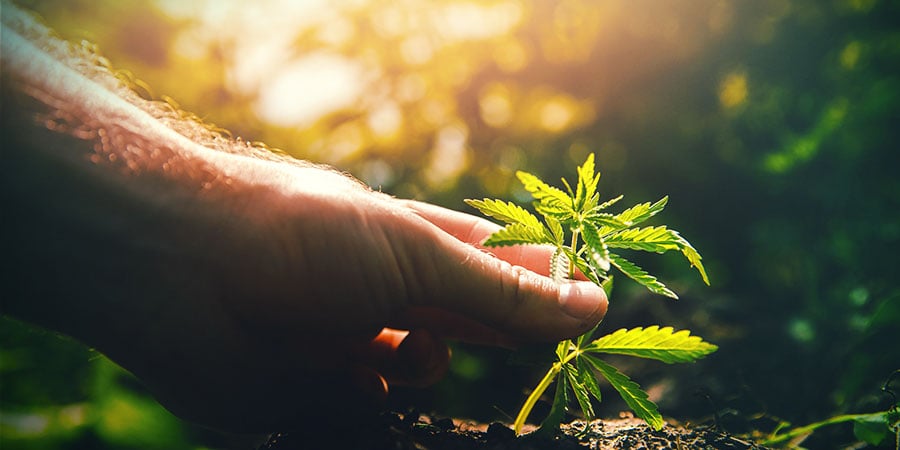
Topping is a simple, neat and tidy way to boost yields. Pinch off the tip of the main stem, or use scissors if you prefer, and watch one cola be replaced by 4 or more. Alternatively, a sloppy job of topping where about 75% of the tip of the main stem is removed is known as the FIM.
The FIM can produce more main colas, usually 6+. But it’s not quite as effective at diverting hormones to the lower shoots and plants may still grow tall after the FIM. Either way, top or FIM during the vegetative stage and allow at least one week of recovery time.
10) CO2
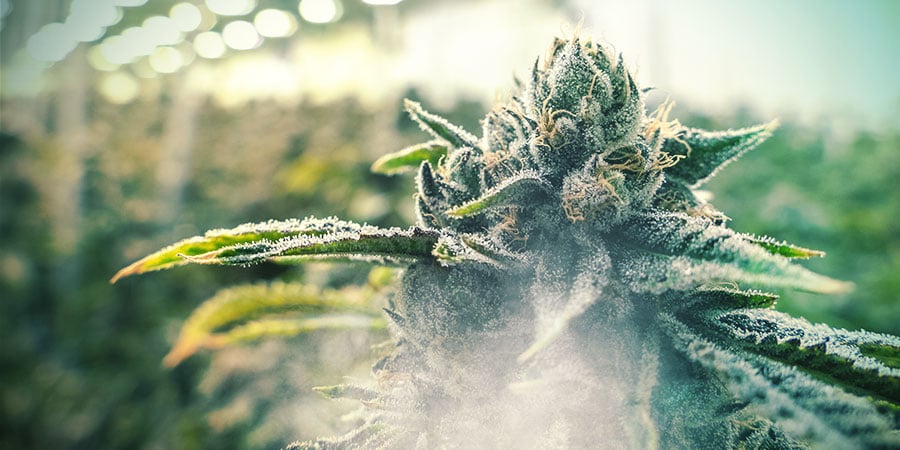
Adding CO2 to the grow room is proven to boost yields by up to 20%. These days, it’s never been easier to supplement with CO2. Home growers can simply introduce a passive CO2 bag to the grow room. Temperatures will need to be 30-35°C during lights on for plants to benefit most from the higher CO2 level. Well worth an experiment during a hot summer indoor cannabis grow.
-
 4 min
4 March 2025
Top 5 high yielding autoflowering strains
Looking for high-yielding autoflowering cannabis strains? You're in the right place! Autoflowers are easy to grow, fast, and as potent as their photoperiod counterparts. In this article, we...
4 min
4 March 2025
Top 5 high yielding autoflowering strains
Looking for high-yielding autoflowering cannabis strains? You're in the right place! Autoflowers are easy to grow, fast, and as potent as their photoperiod counterparts. In this article, we...
-
 3 min
13 August 2019
When And How To Transplant Cannabis Plants For Bigger Yields
Next to trimming, transplanting is probably the biggest chore in a grower's life, but it's necessary if you want big, resinous flowers worthy of a High Times centrefold. We'll explain why...
3 min
13 August 2019
When And How To Transplant Cannabis Plants For Bigger Yields
Next to trimming, transplanting is probably the biggest chore in a grower's life, but it's necessary if you want big, resinous flowers worthy of a High Times centrefold. We'll explain why...
-
 5 min
26 October 2018
Top 10 Tips To Grow Weed Trees
Blow up your grow with Monster marijuana plants. If you want super heavyweight harvests, you need to make some changes. Forget what you have been told about the limitations of indoor cannabis...
5 min
26 October 2018
Top 10 Tips To Grow Weed Trees
Blow up your grow with Monster marijuana plants. If you want super heavyweight harvests, you need to make some changes. Forget what you have been told about the limitations of indoor cannabis...
-
 4 min
10 April 2018
5 Ways To Increase Cannabis Yields
Increasing cannabis yields is of paramount importantance to all growers. With our 5 simple methods even tiny gardens of just one or two cannabis plants can produce a heavy harvest.
4 min
10 April 2018
5 Ways To Increase Cannabis Yields
Increasing cannabis yields is of paramount importantance to all growers. With our 5 simple methods even tiny gardens of just one or two cannabis plants can produce a heavy harvest.








 United States
United States

